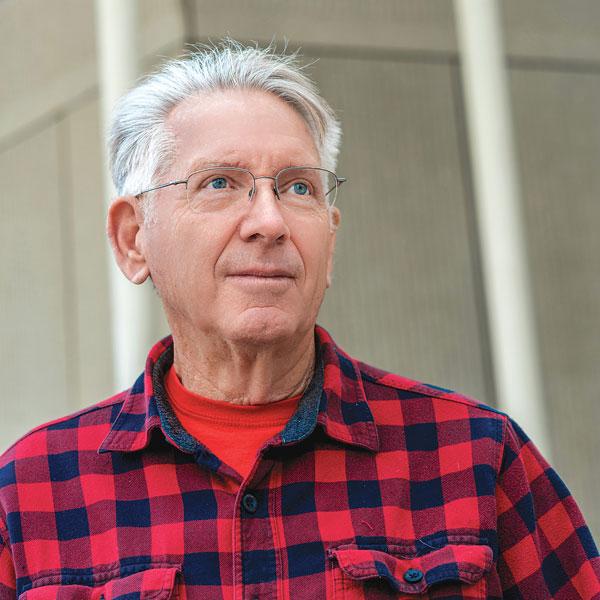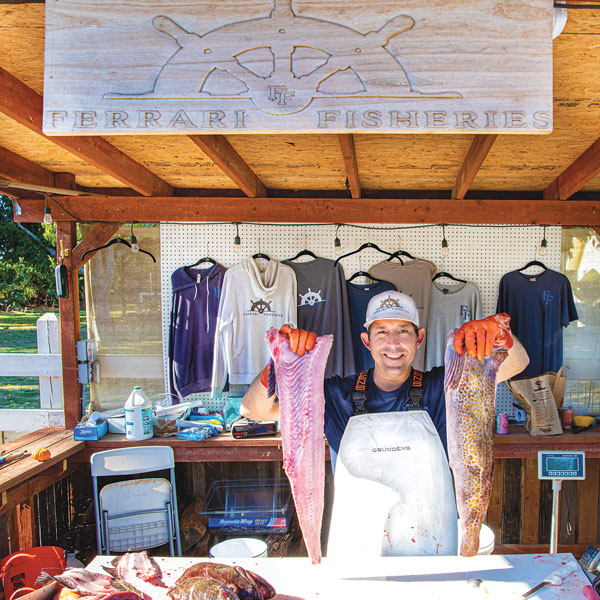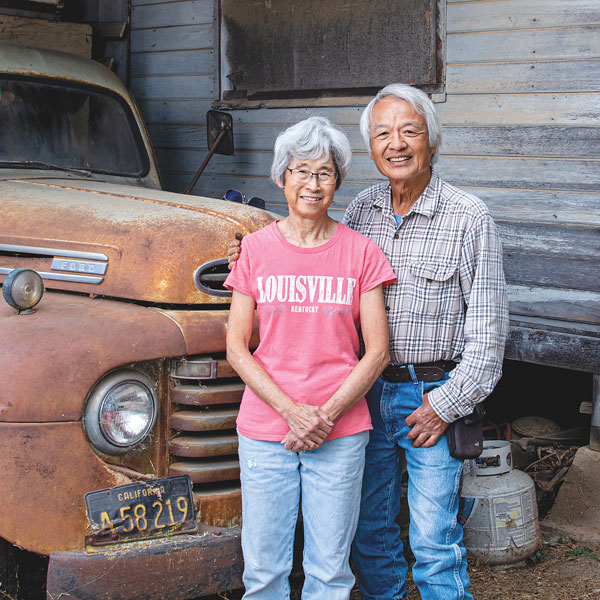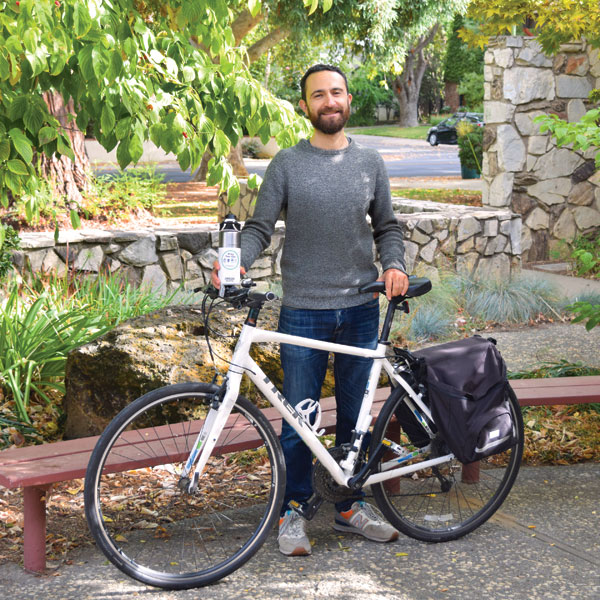
Nov 27, 2023
“Everybody talks about having a green thumb, as though that implies it takes something special to make things grow,” Henry Wirz says. “Anyone can have a green thumb. A garden is not that difficult if you do the basics. And once you start, you develop a lot of confidence.”
Wirz uses his green thumbs to beautify the garden and help residents at The Salvation Army’s E. Claire Raley Transitional Living Center. It’s a place where struggling families get back on their feet through structured programs and safe housing.

Nov 27, 2023
My dinner tonight is tender, flakey and buttery black cod, known as sablefish, drizzled with extra virgin olive oil, torn basil confetti and crushed cherry tomatoes.
It’s the freshest fish I’ve had in town—and it came from a waterfront stand off South River Road in West Sacramento.
Down South River Road’s bends and twists, across the river from Pocket and just before Vierra Farms, there’s sign for Ferrari Fisheries. The trail leads to a stall with a table and containers.
The sign brings to mind the timeless, muddy Sacramento River floating past. Yet here is some of the area’s freshest ocean fish. The fisherman is Anthony Ferrari. He carries on a family tradition started decades ago by his father.

Oct 30, 2023
Check out the latest publications from Inside!

Oct 28, 2023
Like a lot of people in Sacramento, Marcia Eymann is anxious to find a permanent home, but not for herself or her family. She’s searching for a new place to house the Center for Sacramento History. It’s personal and professional. She’s city historian.
Funded by the city and county, the 25,000-square-foot center is a fascinating, if hidden, repository of local and regional history. But because it’s located in a nondescript strip center north of Downtown with limited exhibit space, most treasures go unseen.

Oct 28, 2023
One of the many aspects I love about Sacramento is how, in the middle of urban and suburban sprawl, we have pockets of agriculture—acres that reflect our agrarian roots. In this beautiful place, we are reminded of the connection to fertile soil and ideal growing conditions on almost every block.
Otow Orchard in Granite Bay captures this convergence between a populous region and its steadfast agricultural lands. Minutes from Douglas Boulevard’s big box stores and shopping plazas rests an oasis of fruit trees tended by the Otow family since 1911.

Oct 28, 2023
You probably know the environmental three Rs: Reduce, Reuse, Recycle.
Recycling is most familiar, but reducing has the biggest impact. Alex Aruj is determined to help Sacramentans learn how.
“I watched the documentary ‘The Story of Plastic’ and I was shocked and outraged at the environmental degradation going on through the lens of the plastic waste crisis,” says Aruj, a former Bay Area resident who moved to East Sacramento in 2020.











